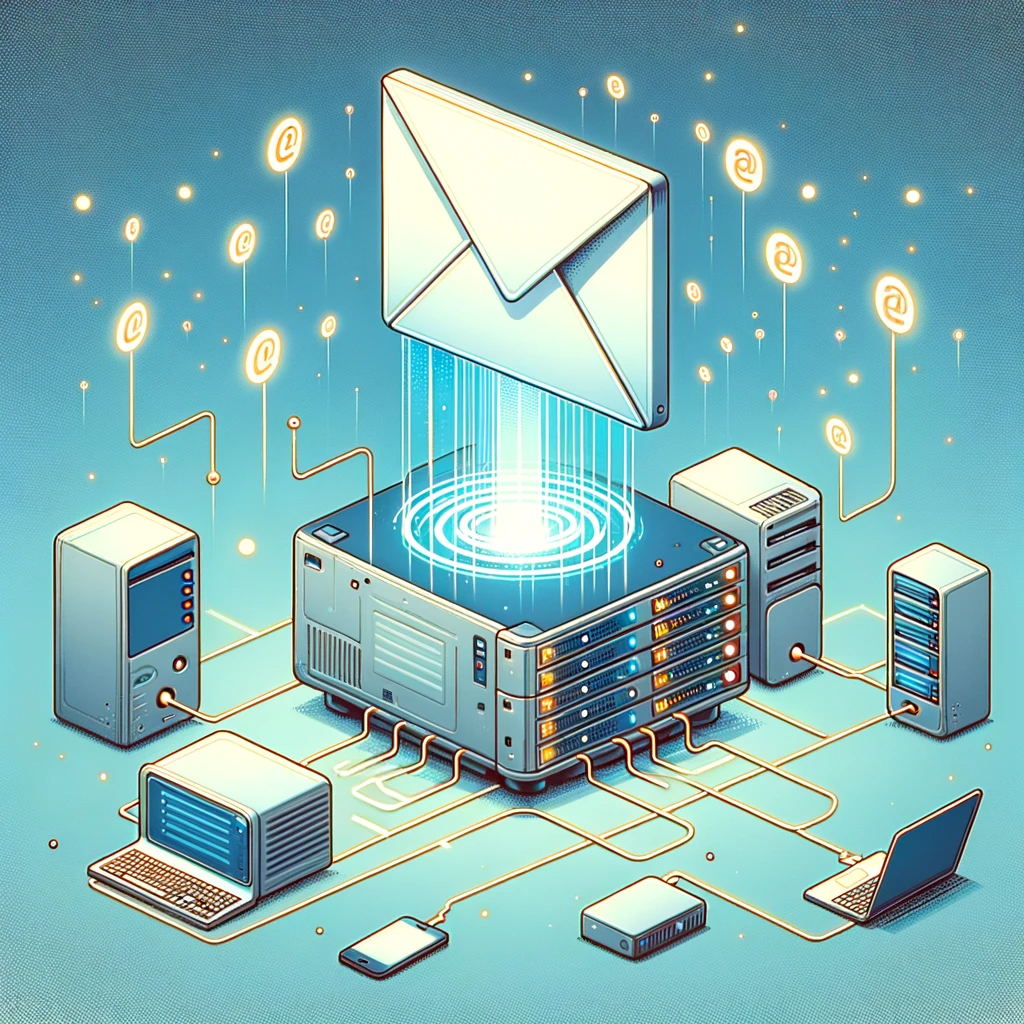Blog
Stay Updated With The
Latest IT News

Why Your Emails Don’t Always Arrive
You’ve no doubt sent and received many, many emails since the early 2000s when it started to become mainstream. As easy and (mostly) effective as it is to use, there is actually quite a bit of technology involved behind the scenes.
That matters. Because if you are not aware of how email functions and don’t take steps to fine-tune your company’s settings, you run the risk of reducing the deliverability of the emails you send.
What follows is a brief — and oversimplified! — explanation of what’s involved and how it can affect you.
A Little Bit of Background…
Back when email began, it was very straightforward: I sent a message and you, rightly assuming it came from me, received it. There were no safeguards in place because there really was no need.
Email doesn’t usually travel directly from one point to another. It is handed off from point A to B to C and so on until, like a snail-mail letter you drop in the local box, it makes its way to its final destination. This is called “open relay” and if everyone involved is trustworthy, it works just fine.
However, before long, bad actors realized they could take advantage of this trust-based approach — they could send emails that appearedto come from someone else. In response, people started putting tech solutions in place to safeguard against this.
One of the first steps was to reject emails that came from an open relay. Now, senders had to prove they were valid by having an account with a trusted intermediary (Comcast, Gmail, Microsoft, company network, etc.). The only way to send email is to log into your provider who first validates your identity.
Some Important Acronyms
Over time, as the bad guys got more inventive, email also had to evolve to provide additional layers of security. Today, there are three protocols in place that get the job done, each with its own less-than-intuitive name…
#1. SPF (Sender Policy Framework)
As the owner of a given domain (mycompany.com), you control all aspects of it. This includes creating an “SPF record” that tells the world which mail servers are associated with your domain.
This way, when an email arrives claiming to be from you, the receiving server can look up the record and verify that it was in fact authorized by you. If not, it may send it to the recipient’s spam folder or reject it outright.
An updated SPF record is especially important when using a third-party sender (e.g., MailChimp, Constant Contact). By adding the sender’s information to your domain’s SPF record, you are providing explicit permission for it to send emails on your behalf, increasing the likelihood that they will reach their intended destination.
#2. DKIM (DomainKeys Identified Mail)
If you’ve ever received a confidential piece of snail mail — a paycheck, an IRS letter, etc. — it may have arrived in a “tamper-proof” envelope. These are designed to make it obvious if the envelope was opened after it was sealed by the sender.
Conceptually, DKIM does the same thing. It relies on encryption to digitally “lock” messages in transit, ensuring they have not been tampered with. If the “digital keys” on the receiving end don’t match what is expected, it is assumed the email was either altered along the way or that the sender is not who it says it is.
Here again, a lack of a DKIM match can cause the email to be rejected.
#3. DMARC (Domain-Based Message Authentication, Reporting, and Conformance)
DMARC enhances SPF and DKIM by ensuring that the “from” address in the email is valid. This further helps prevent phishing attacks and email spoofing in which a bad actor pretends to be someone it isn’t.
What Should I Do?
These three protocols — SPF, DKIM, and DMARC — act in concert to keep out email that is spam and allow in those that are legitimate.
That’s good news for all of us and a big part of why we no longer find dozens (even hundreds) of spam email sitting in our respective inboxes each morning, as occurred regularly as recently as 10 years ago. Over time, the integrity of email has improved considerably.
But, this doesn’t happen automatically — you have to take some action to put these things in place. This will increase the likelihood that both the individual emails and bulk emails you send (like this newsletter!) will arrive as intended.




